

Ben Zachariah
CarExpert's top five ute reviews of 2025
2 Days Ago
The old king is dead, long live the king? Toyota has evolved the HiLux, but that's arguably all it needed anyway.

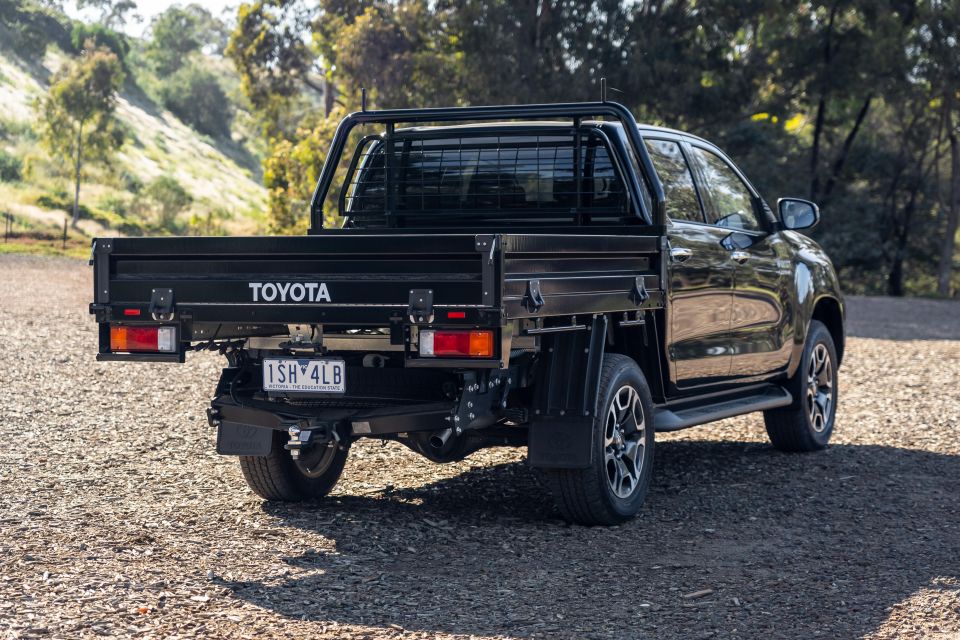

Contributor
New from
$59,920
excl. on-roads

Contributor
New from
$59,920
excl. on-roads


Contributor
New from
$59,920
excl. on-roads

Contributor
New from
$59,920
excl. on-roads
Quickly see how this car stacks up against its competition. Select any benchmark to see more details.
Where expert car reviews meet expert car buying – CarExpert gives you trusted advice, personalised service and real savings on your next new car.
The more things change in the hotly-contested world of utes, the more they stay the same.
There’s a new Isuzu D-Max and Mazda BT-50, a new Nissan Navara, the Ford Ranger continues to evolve, and there’s a raft of fresh competitors coming from China, but the Toyota HiLux remains the dual-cab daddy, the ute they’re all chasing on the sales charts.
Toyota knows the HiLux badge and its ‘unbreakable’ reputation aren’t enough to fend off the competitors nipping at its heels. Last year, it was treated to a full suite of active safety features and a freshly-stamped five-star ANCAP rating.
This year it’s been given a more comprehensive overhaul with a new look, new interior tech, new variants, more power, and some targeted changes to the suspension Toyota says should make Australia’s best-selling car more at home Down Under.
The result is a more polished and punchier HiLux, but one that doesn’t mess too much with the formula that’s made it so successful over the years – for better and for worse.

Pricing for the new HiLux range is up across the board. The HiLux SR5 4×4 with a pickup body (not our cab chassis) is priced from $59,920 before on-road costs, up $2700 over the pre-facelift model.
Our cab chassis tester is a new addition to the range for 2021, priced at $58,420 before on-road costs. Previously the only way to get a more practical, larger tray on a HiLux with a nice interior and flashy exterior was to buy a pickup and convert it.

More choice can only be a good thing, although the price rises won’t go unnoticed given the rabid competition from manufacturers around the $60,000 mark in the dual-cab ute world.
The SR5 is no longer the range topper in the HiLux line-up. It sits below the SR5+ and its slightly longer list of creature comforts, and above the more pared-back SR.
Our black mica tester has one of the five different premium paint options, priced at $600.

Buy your new car without the stress. It's fast, simple and completely free.

Great service from Travis and team, second time I have used this business would not hesitate to recommend them to anyone
Craig C.
Purchased a Ford Ranger in Sunshine Coast, QLD
CarExpert helped Craig save thousands on his Ford Ranger, now let us save you on your next new car.
Find a dealOn the outside, the SR5 sets itself apart from the more budget-oriented SR with 18-inch alloy wheels and 265mm tyres, chrome trim around the grille, auto-levelling LED headlights, and front fog lights.
You also get side steps and power-folding mirrors, but the cab chassis misses out on parking sensors and a reversing camera, both of which would come in very handy when trying to place what is a big, bulky car in the city.
The spare wheel is full-sized with a matching alloy rim.
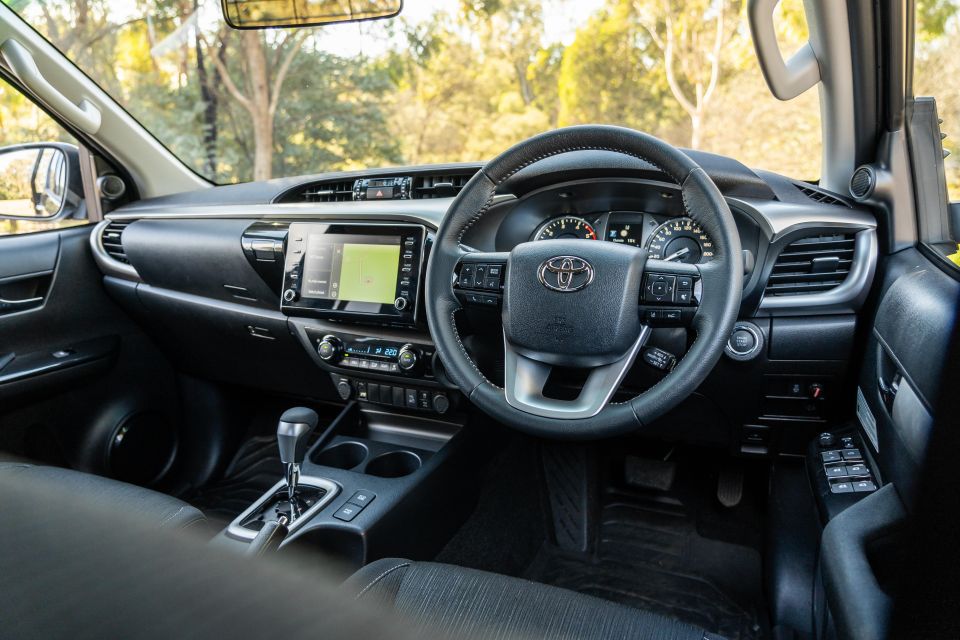
The devil is in the detail inside. There are differences to the now-defunct 2020 HiLux model, but they’re subtle. The touchscreen infotainment system has grown from 7.0- to 8.0 inches and packs wired Apple CarPlay and Android Auto, along with the requisite DAB+ radio and factory satellite navigation.
There’s a 4.2-inch digital trip computer sitting between mildly redesigned analogue instrument gauges, too. Access to the cabin is through keyless entry, and there’s push-button start.
Also new for 2020? Dual 12V/120W power outlets and a three-pin 220V/100W outlet in the centre console bin.
Despite a price knocking on the door of $60,000 the SR5 has cloth interior trim, mechanical seat adjustment, faux leather trim on the wheel, and single-zone climate control. The again, rivals offer similar spec sheets for similar money.
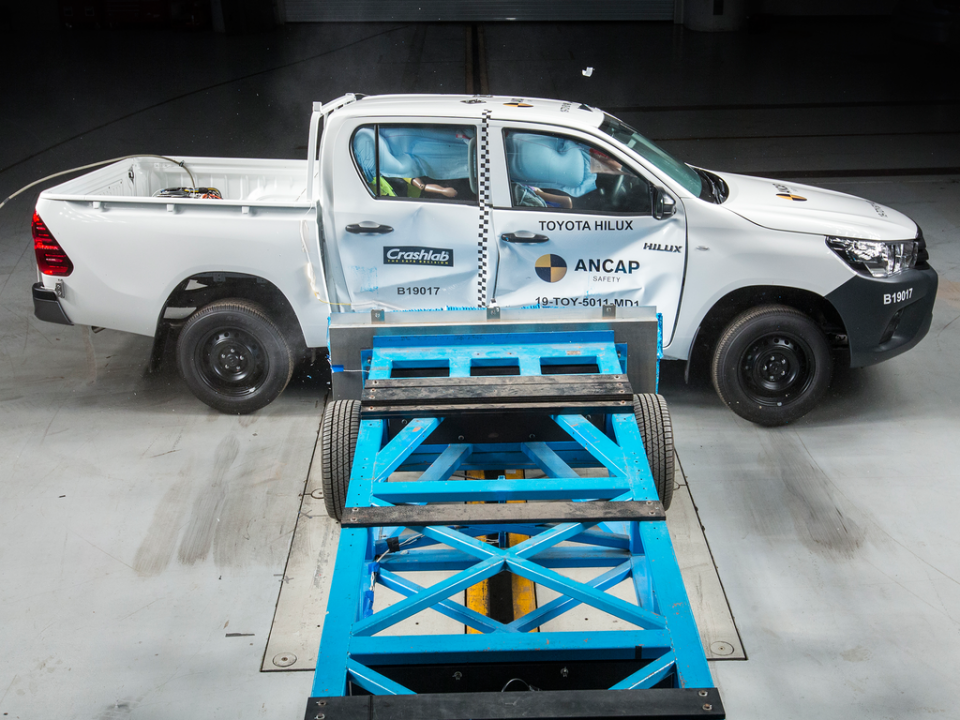
The 2021 Toyota HiLux update carries over the five-star rating awarded by ANCAP in 2019.
It scored 96 per cent for adult occupant protection, 87 per cent for child occupant protection, 88 per cent vulnerable road user protection, and 78 per cent for safety assist.
There are seven airbags for passive safety, along with autonomous emergency braking with pedestrian and daytime cyclist detection, lane-keeping assist, adaptive cruise control, and speed sign recognition.
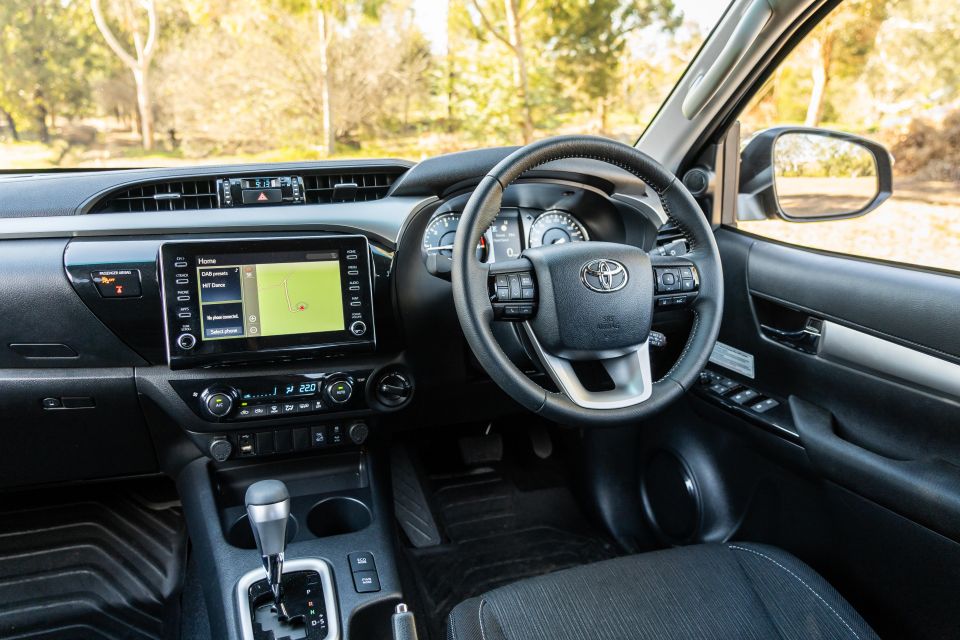
It’s still a HiLux. Toyota has given it a few gentle tweaks for 2021, chief among which is the addition of an 8.0-inch touchscreen infotainment system nicked from the RAV4 and Camry.
Along with satellite navigation and the requisite Bluetooth phone connectivity, there’s finally Apple CarPlay and Android Auto smartphone mirroring for easier phone calls, Google Maps, and media access on the move.
The updated infotainment system is relatively simple to use on the move, and responds quickly enough to inputs. It’s not what you’d call standout, but the addition of smartphone mirroring is a big development. Points to Toyota for fitting hard shortcut buttons and a proper volume knob, too.

Also massaged for 2021 is the instrument binnacle, with new typeface for the dials and a digital speedo in the 4.2-inch trip computer.
Otherwise not much else has changed, but that isn’t necessarily a bad thing. The driver and passenger sit in comfortable, well-padded pews trimmed in hardy-feeling cloth, and although the dashboard and transmission tunnel are finished in hard black plastic, both feel as though they’ll survive the test of time.
The coarse steering wheel trim doesn’t really feel worthy of a $60,000 dual-cab ute, and the basic cabin design is starting to age in the face of newer competition.
As for the fundamentals, driving position is good for taller drivers and Toyota has a good grasp on ergonomics. Need to press something often? Chances are it’s within easy reach, which makes the learning curve more of a molehill than a mountain.
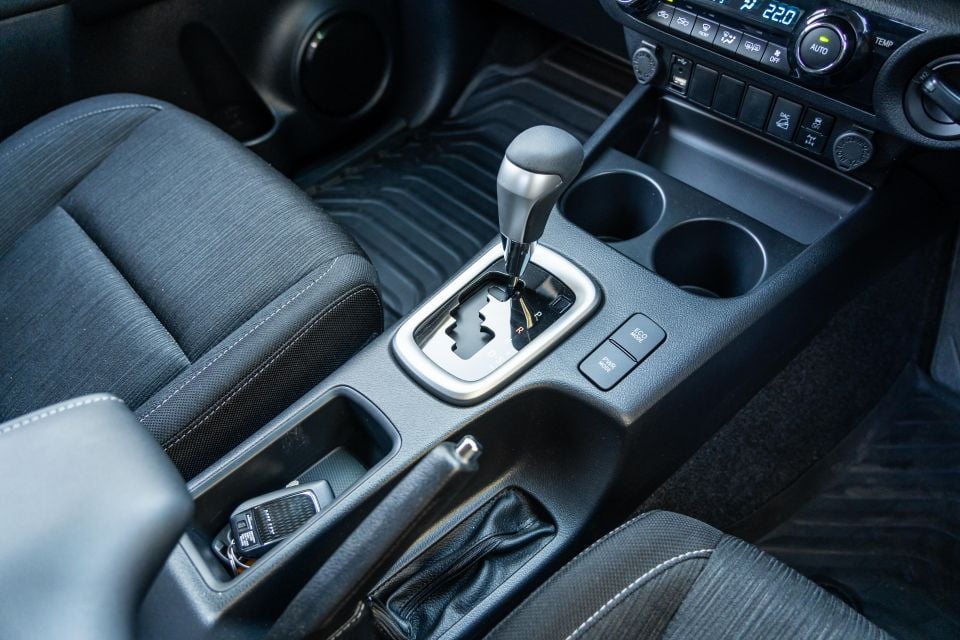
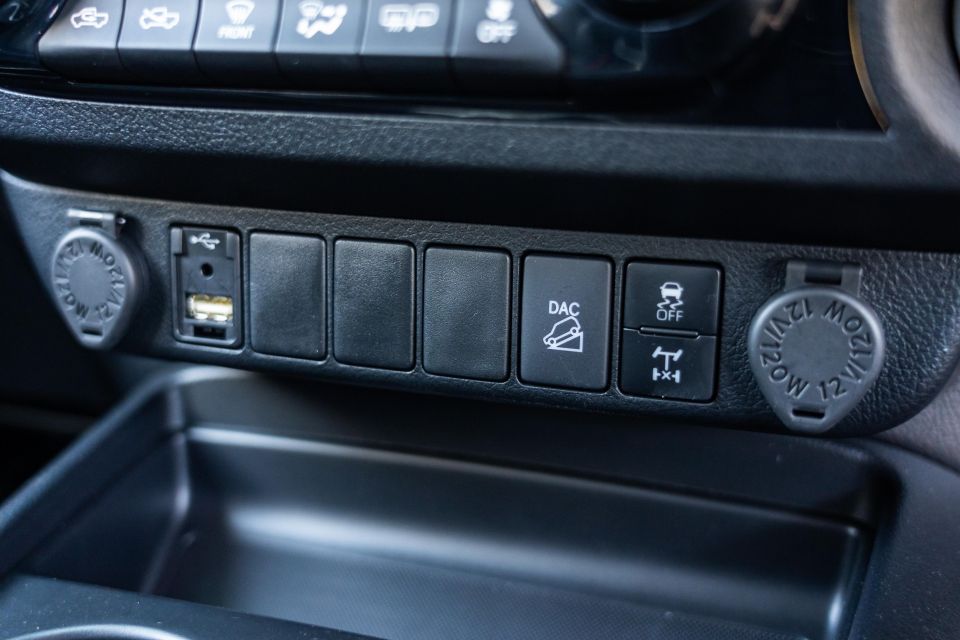
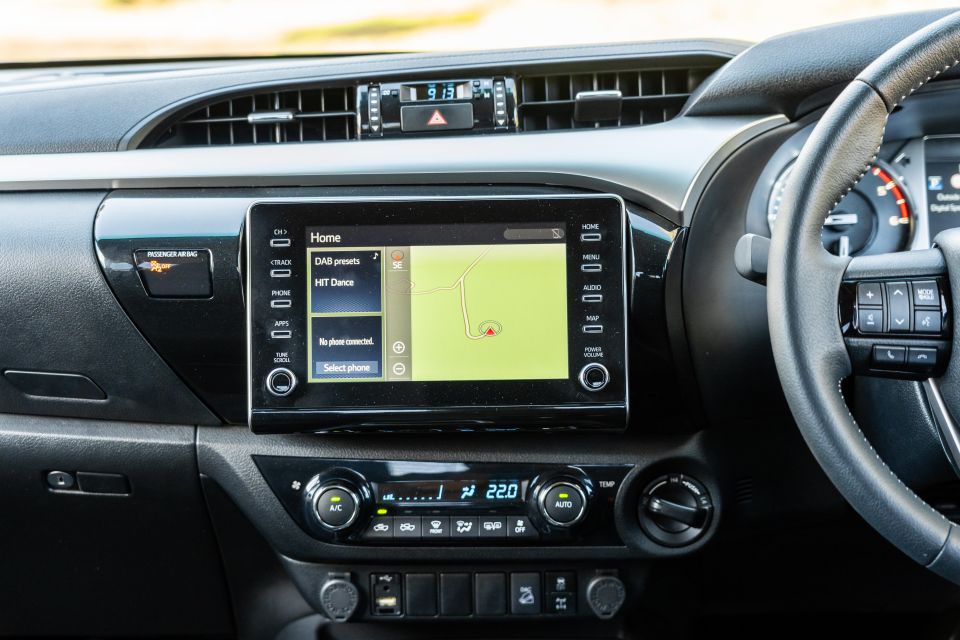


There’s also an abundance of storage with a phone-sized slot under the dashboard, twin cupholders, a large storage bin under the armrest, a two-tier glovebox, and spacious door pockets.
Rear passengers are treated to perfectly acceptable amounts of legroom and headroom, and there are air vents for hot summer days. Keep an eye out if you’re tall though, the fixed grab handles pose a constant threat to your head.
The factory tray is 1800mm long, 1770mm wide, and 270mm high for a significantly larger usable space than you get in the pickup. It feels bombproof, and doesn’t rattle over rough roads or speed bumps.
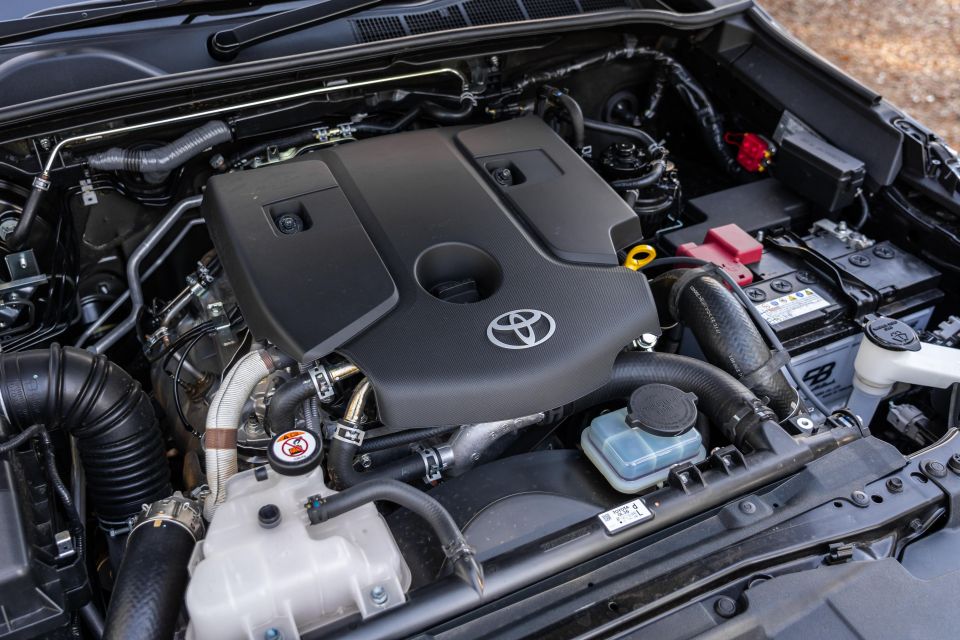
As before, the HiLux is powered by a turbocharged 2.8-litre four-cylinder diesel engine.
Outputs are up for 2021. Power has been boosted from 130kW to 150kW, and peak torque is up from 450Nm to a healthy 500Nm. What’s more, peak torque is now available between 1600rpm and 2800rpm, and claimed fuel economy on the combined cycle has dropped from 8.4L/100km to just 7.9L/100km.
Toyota has made plenty of changes to achieve the power boost. The 2021 HiLux gets a new engine block, fresh gaskets, a new exhaust manifold, a larger ball bearing turbocharger, and higher-pressure common-rail injection.
Although a six-speed manual is available, it gets a less powerful version of the same 2.8-litre engine. Our tester was fitted with the six-speed automatic most buyers will opt for.
A switchable four-wheel drive system with low range and a locking rear differential is standard.
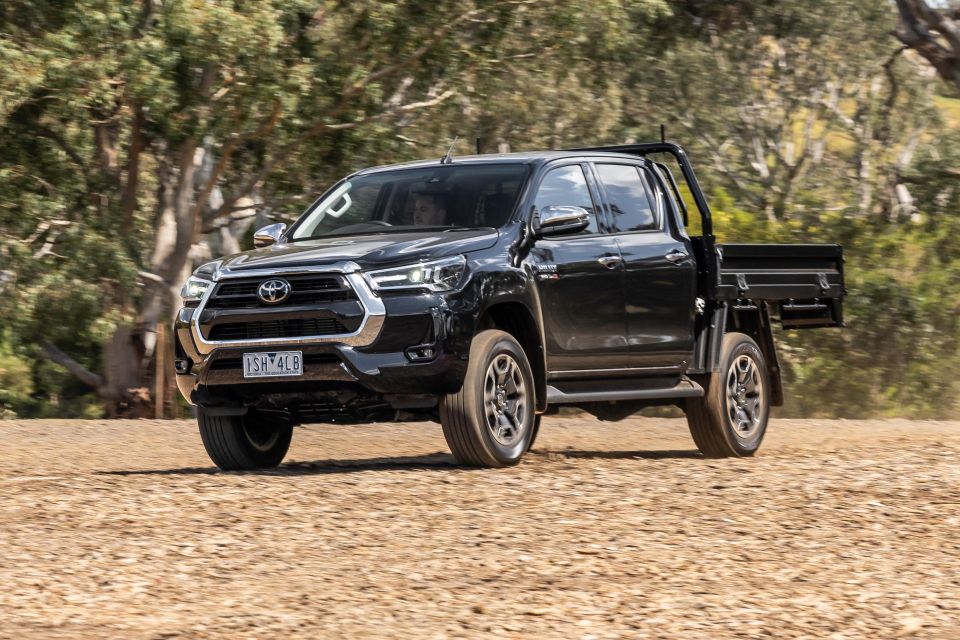
It’s a HiLux, but it’s a HiLux that’s hit the gym… and then gone to finishing school to tidy up its manners.
The more muscular new engine starts with the same distinctive clatter as before, and behaves very similarly to the pre-update engine most of the time. But there’s definitely more mid-range punch in the 2021 update, and highway overtakes are dispatched faster than in the pre-facelift car.
The old HiLux could feel a bit strained at times, the new model rarely does.
Toyota’s six-speed automatic transmission might have as many options as the 10-speeder in the Ford Ranger and its bi-turbo engine, but it makes up for it by being decisive and intelligent on the move.

It’s happy to hold a taller gear and lean on the muscled-up mid-range on lighter throttle inputs, and kicks down smartly when more performance is required. There’s also a sequential-style manual shift option for control freaks, but it’s best left to its own devices for the most part.
Along with the updated engine, the 2021 HiLux has been treated to a number of locally-developed updates to the suspension in search of a smoother around-town ride.
Changes include longer leaf springs spaced further apart, new spring, damper and bushing rates, and new cabin mounts.
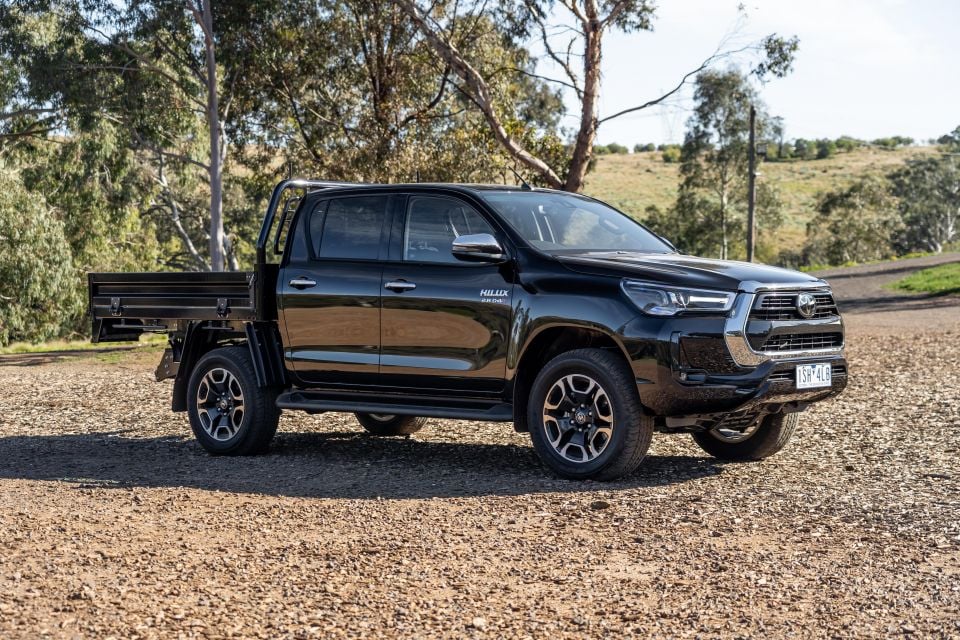
The result is a more polished, comfortable ute. We tested the HiLux on city streets, washboard gravel roads, and on a light off-road course, and across all conditions the improvements to the rear suspension are clear.
Where it used to be brittle, pogoing over bumps and potholes when unladen, there’s a newfound sense of compliance in the HiLux. It feels like the car can finally breathe with the road, which pays dividends in almost all conditions.
Adding around 300kg of weight to the tray only improves things, as is usually the case with utes.
Less noticeable are the changes made to the steering, which is still relatively heavy and slow at low speed. There’s a bit of arm twirling required when you’re parking, especially compared to the SUV-like setup in the Isuzu D-Max and Mazda BT-50.
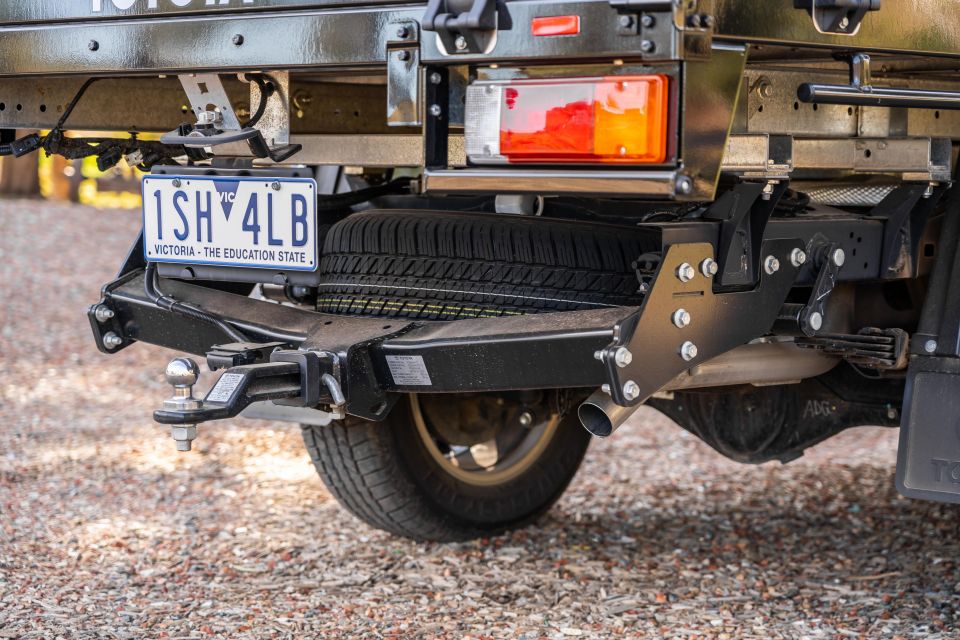
Where expert car reviews meet expert car buying – CarExpert gives you trusted advice, personalised service and real savings on your next new car.
Compounding things at parking speeds is the fact there’s no parking sensors or reversing camera. Although it’s tough to ask for rear sensors on a cab chassis, a reversing camera really should be standard on such an expensive, large ute.
Braked towing capacity is 3500kg, payload is 1105kg, and GVM is 3050kg in the specification tested here.
The HiLux is backed by a five-year, unlimited-kilometre warranty if you’re a private buyer and 160,000km if you’re a commercial buyer.
Service intervals are six months or 10,000km, which hurts when most rivals only require maintenance annually.
Each service costs $250 under Toyota’s capped-price service plan, but the guarantee only lasts four services or two years.
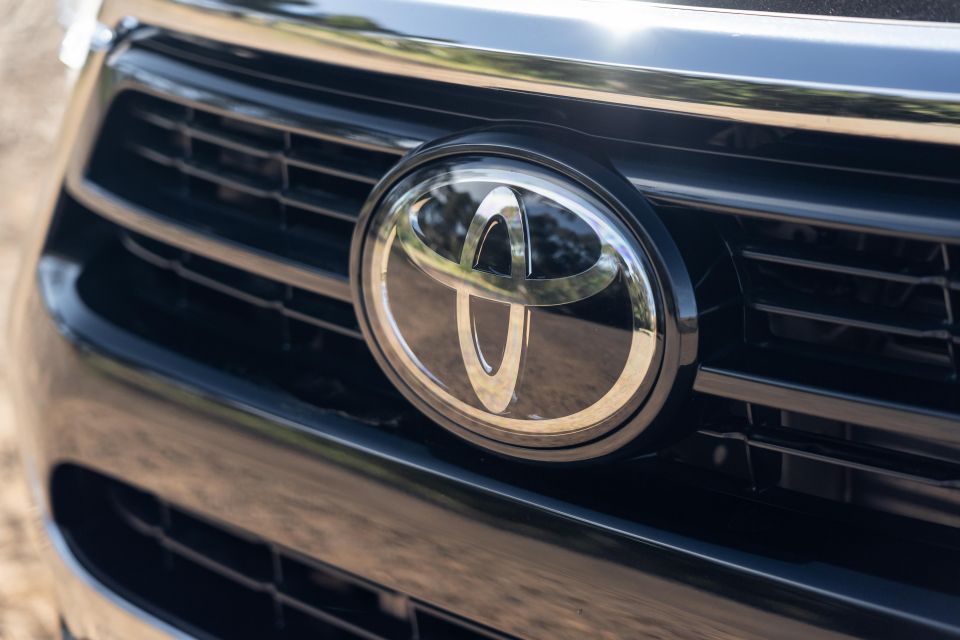
It’s a HiLux, but better.
There were a few things wrong with the HiLux until 2020, and the latest update addresses most of them. It rides better, finally has smartphone mirroring, and the powered-up engine packs more of a punch.
The SR5 cab chassis is a slightly strange spec when you consider the lack of a reversing camera or parking sensors, but the number I’ve seen on the road already suggests there’s demand for a big tray on an almost range-topping body.
Although it’s faced with tough competition from Ford, Isuzu, Mazda, and Mitsubishi, it’s easy to see why the HiLux is still a winner.
Toyota hasn’t reinvented the wheel, but it didn’t need to.
MORE: Toyota HiLux news and reviews MORE: Toyota news and reviews
Where expert car reviews meet expert car buying – CarExpert gives you trusted advice, personalised service and real savings on your next new car.
Scott Collie is an automotive journalist based in Melbourne, Australia. Scott studied journalism at RMIT University and, after a lifelong obsession with everything automotive, started covering the car industry shortly afterwards. He has a passion for travel, and is an avid Melbourne Demons supporter.


Ben Zachariah
2 Days Ago


Matt Campbell
2 Days Ago


Derek Fung
6 Days Ago


Damion Smy
9 Days Ago


Ben Zachariah
11 Days Ago


James Wong
16 Days Ago